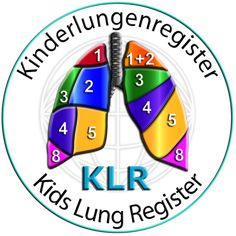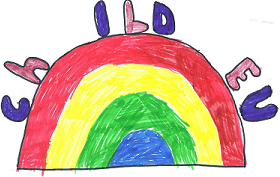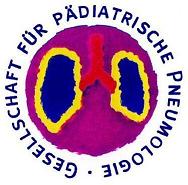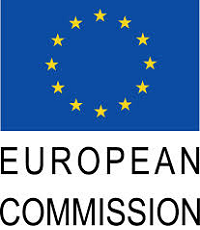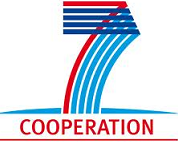Background and research goals
Compared to the common chronic lung diseases in childhood, e. g. asthma, there are numerous single cases of rare or extremly rare lung diseases, which are to be distinguished from other children with similar symptoms. Often those children are not appropriately diagnosed and they are treated broadly scattered in private practices, outpatient clinics and hospitals independently of each other. The multifaceted experiences from the physicians, as well as the relatives and the patients, who often have been through a real odyssey, show that those patients do not receive the optimal care.
Due to a prior research program, which was Germany wide conducted by us with the help of Erhebungseinheit für seltene pädiatrische Erkrankungen (ESPED) of the German Association for Pediatrics from the 01.01.2005 until the 31.12.2006, we have great and actual experience with the registration of all rare diseases. In this study almost 100 incident cases were registered, which applied to equally many categories. We have learned, that the whole spectrum of treatment options is often not known to the attending physicians, a long delay is usual, sometime irreversible damage is present, as well as seldom, but known complications are not early enough detected (http://www.esped.uni-duesseldorf.de).
GOALS OF THE PROJECT
General goals
We have established a long-term register for rare lung diseases in childhood and adolescent. It is affiliated to the relevant scientific associations and support organisations. This Kids Lung Register permits:
-
Investigation of the individual long term course of all rare lung diseases
-
Optimal diagnostic procedures and etiological classification of rare lung disease by harmonizing diagnostic algorithms, reference pathology and reference radiology
-
Evaluation and grading of the individual effectiveness of therapeutic interventions by observing and comparing long-term courses
-
Improved enrolment of patients into clinical studies, especially in international alliances
-
Epidemiologic coverage of incidence and prevalence of all rare chronic lung diseases in childhood and adolescence
-
Quality assurance by evaluation of structure, process and result quality
Only the usage of these now established structures will permit significant improvement in the giant and up to now neglected sector of rare chronic lung diseases in childhood and adolescent.



